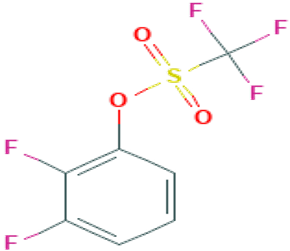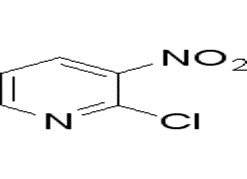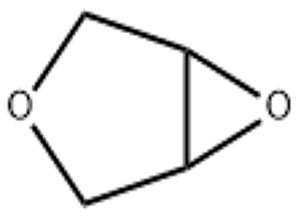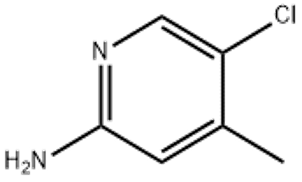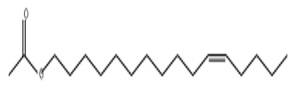4-(TrifluoroMethylthio)benzyl bromide(CAS# 21101-63-3)
| Hazard Symbols | C – Corrosive |
| Risk Codes | 34 – Causes burns |
| Safety Description | S26 – In case of contact with eyes, rinse immediately with plenty of water and seek medical advice. S27 – Take off immediately all contaminated clothing. S36/37/39 – Wear suitable protective clothing, gloves and eye/face protection. S45 – In case of accident or if you feel unwell, seek medical advice immediately (show the label whenever possible.) |
| UN IDs | UN 1759 8/PG 2 |
| WGK Germany | 3 |
| HS Code | 29309090 |
| Hazard Note | Corrosive/Stench |
| Hazard Class | 8 |
| Packing Group | II |
Introduction
4-(trifluoromethylthio) benzoyl bromide is an organic compound with the chemical formula C8H6BrF3S.
Nature:
-Appearance: colorless to yellowish liquid
-Melting point:-40 ° C
-Boiling point: 144-146 ° C
-Density: 1.632g/cm³
-Solubility: Slightly soluble in water, soluble in organic solvents such as ethanol, ether and acetone.
Use:
- 4-(trifluoromethylthio)benzyl bromide is commonly used as a substrate or reagent in organic synthesis reactions.
-It can be used to synthesize organic compounds such as drugs, pesticides, chemicals, etc.
Method:
4-(trifluoromethylthio)benzyl bromide can be obtained by reacting 4-(trifluoromethylthio)benzyl alcohol with ammonium bromide in the presence of potassium carbonate.
Safety Information:
- 4-(trifluoromethylthio)benzyl bromide is an organic compound that is irritating and corrosive.
-Wear appropriate protective equipment such as gloves and goggles during operation.
-Need to operate in a well-ventilated place to avoid inhalation of solvent vapors.
-When stored, avoid contact with oxygen, oxidants and flammable materials, and keep the container tightly closed.
-When using and handling, it is necessary to operate in accordance with the safe operation specifications of the chemical laboratory and comply with relevant regulations.


